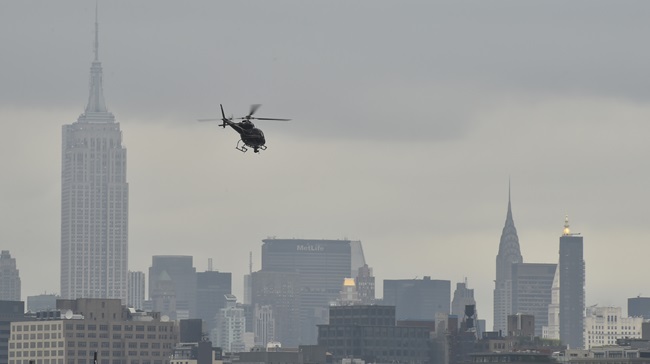Alternate compliance method approved for cylinder AD
The FAA has granted an alternative compliance method proposed by AOPA to resolve conflicting terms of an airworthiness directive (AD) that appeared to force the removal of some engine cylinders well short of their permitted time-in-service if the aircraft had other maintenance performed.
The FAA approved the global alternative method of compliance (AMOC) for AD 2016-16-12 on Nov. 2. The AD requires the removal of certain Engine Components International Division (ECi) cylinders produced by Danbury Aerospace on Continental engine models -520 and -550 reciprocating engines, and on engine models approved for the use of those cylinder assemblies by supplemental type certificate, such as the model -470. The AD includes overhauled cylinder assemblies, and applies to an estimated 6,200 engines.
But another provision prohibits an aircraft to be returned to service after maintenance if any affected cylinder has 1,000 or more hours on it, said David Oord, AOPA senior director of regulatory affairs.
“That paragraph was being interpreted by some to mean that any affected aircraft with more than 1,000 hours but less than 1,160 that has any maintenance performed on it, even maintenance unrelated to the engine, cannot be returned to service unless the affected cylinders were replaced,” he said.
After the AD’s final rule was published over AOPA’s strong objections in August, the association worked with a group of experts and owners groups to develop the AMOC request, which was submitted to the FAA on Oct. 28.
On Nov. 2, the FAA notified AOPA by letter that it approved the proposed resolution of the conflict for aircraft with time-in-service of more than 1,000 hours on affected cylinders by allowing a return to service “provided that the maintenance action that prompted the return to service did not involve the removal of the affected S/N (serial number) cylinder.”
The FAA also required aircraft owners to notify appropriate local FAA officials before implementing the AMOC.
Oord said the solution provides “much needed relief” for aircraft owners who faced a severe curtailment of the life of their affected cylinders.
“For aircraft owners, that would have represented a loss of a year or two of use before they would have been required to replace their cylinders,” he said, adding that efforts will continue to explore additional avenues to provide members alternative methods of compliance that demonstrate “an equivalent level of safety while maximizing the life of the affected cylinders.”



